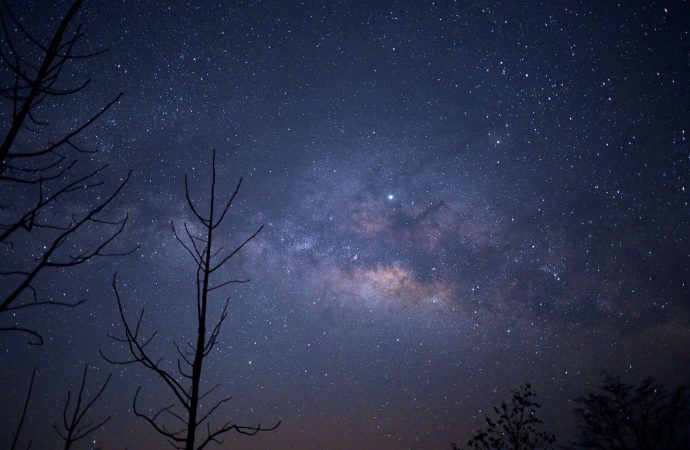New calculations could shed light on the fate of our own species and planet
Source: Independent
There could be more than 30 alien civilisations in our galaxy, researchers have found in a major study.
A new paper looked to understand how many planets in our neighbourhood could be home to alien life, by assuming that life develops on other planets in a similar way to how it develops on Earth, and matching that to planets that could be home to similar evolution.
It found that there could be dozens of active civilisations waiting to be found in our Milky Way. But it could also shed light on our own fate, and suggest our prospects for long-term survival are lower than we may have thought.
“There should be at least a few dozen active civilizations in our Galaxy under the assumption that it takes 5 billion years for intelligent life to form on other planets, as on Earth,” Christopher Conselice of the University of Nottingham said in a statement.
“The idea is looking at evolution, but on a cosmic scale. We call this calculation the Astrobiological Copernican Limit.”
The Astrobiological Copernican limits come in two forms.
One is the ‘weak’ limit, which suggests that intelligent life forms on a planet any time after 5 billion years. The other is the ‘Strong’ limit where life formed between 4.5 billion and 5 billion years years ago.
The new research used the latter, and also assumed that these new species would need to develop in metal-rich environments.
This is because human beings developed near a metal-rich environment, due to the metal present in the Sun.
Previous research from 2012 suggests a suitable “minimum stellar metallicity” required for the formation of planets that would be similar to Earth.
Researchers were then able to use those assumptions about where life may form to understand how many planets in our Milky Way would be able to satisfy those conditions.
Detecting any civilisations in our galaxy is strongly dependent on how well we can pick up signals being sent into space.
These include radio transmissions from satellites and television. If these technological civilisations last as long as ours, which has been sending out signals for the last century or so, then it is estimated there could be 36 ongoing intelligent civilisations.
While that might be the case, interacting with them would be difficult. The average distance to any possible civilisation would be 17,000 light years, which makes communication very challenging.
The other scenario is that we are the only intelligent life in the galaxy, and that civilisations die out before we can detect them.
“Our new research suggests that searches for extraterrestrial intelligent civilizations not only reveals the existence of how life forms, but also gives us clues for how long our own civilization will last,” Professor Conselice said.
“If we find that intelligent life is common then this would reveal that our civilization could exist for much longer than a few hundred years, alternatively if we find that there are no active civilizations in our Galaxy it is a bad sign for our own long-term existence. By searching for extraterrestrial intelligent life — even if we find nothing — we are discovering our own future and fate.“
The new study was led by the University of Nottingham and published today in The Astrophysical Journal.
This is not the only recent news to imply the development of intelligent life in the galaxy.
Scientists have found a potential habitable planet called ‘Proxima b’ around the star Proxima Centauri, approximately 4.2 light years from the Sun.
It receives comparable amounts of energy to that the Earth gets from the Sun. If there is liquid form on the planet, it could harbour life, but researchers said there is still much to be done before that can be confirmed, such as checking for the atmosphere and chemicals that could support life.
Source: Independent

































Leave a Comment
You must be logged in to post a comment.